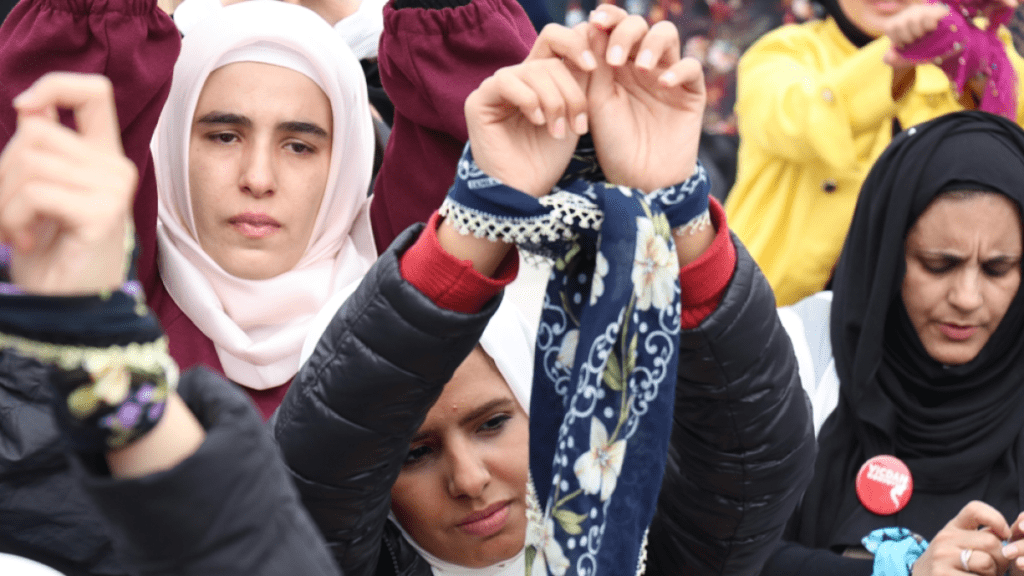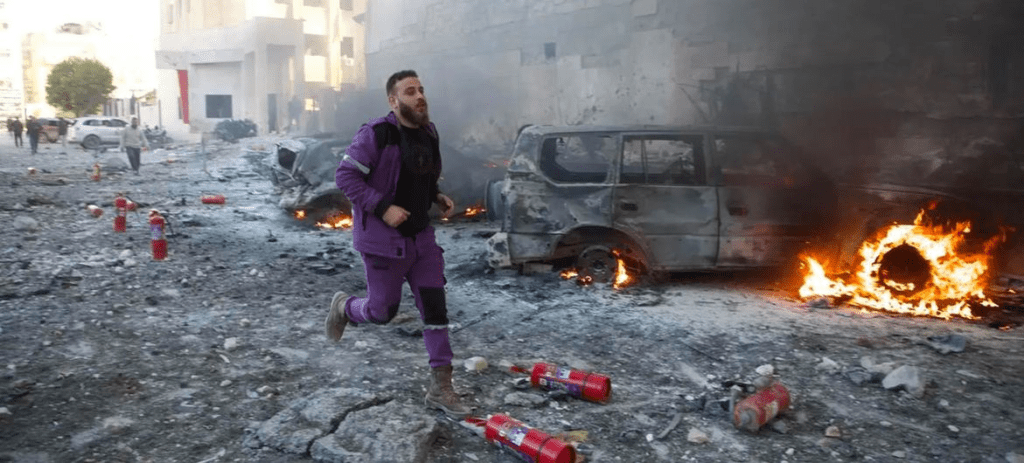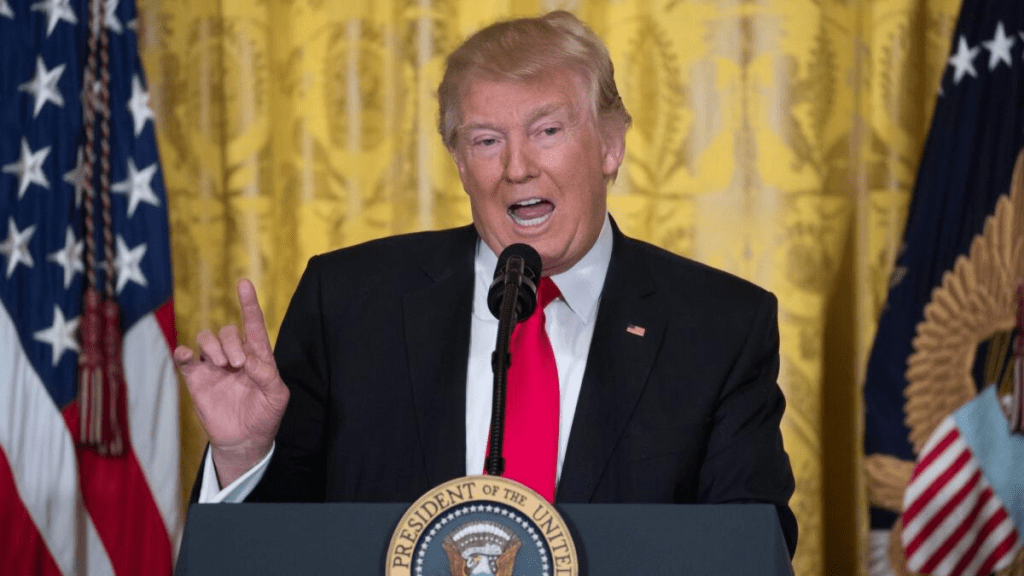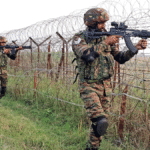MS-13 Leader Captured in Virginia by Joint Law Enforcement Operation

On March 27, 2025, a significant victory was achieved in the ongoing battle against transnational organized crime in the United States. Federal and state authorities successfully apprehended a high-ranking leader of the notorious MS-13 gang in a meticulously coordinated operation in Northern Virginia. This arrest marks a critical step forward in dismantling one of the most violent criminal organizations operating within the U.S., known for its brutal tactics and far-reaching influence. The operation, carried out by a joint task force involving multiple law enforcement agencies, underscores the determination of the Trump administration and local officials to combat gang violence and enhance public safety.
The Arrest: A Breakthrough in Virginia
The captured individual, a 24-year-old man from El Salvador, was identified as a top leader of MS-13’s East Coast operations. His arrest took place in the early hours of March 27 in Woodbridge, Virginia, a suburban area just 35 miles south of Washington, D.C. U.S. Attorney General Pam Bondi, FBI Director Kash Patel, and Virginia Governor Glenn Youngkin announced the operation’s success during a press conference held later that day at the Manassas FBI Field Office. The suspect, whose name has not been immediately released due to operational security concerns, was living illegally in the United States and is now facing deportation alongside potential criminal charges.
The operation was executed by the Virginia Homeland Security Task Force, a newly established interagency group designed to target transnational crime and support immigration enforcement efforts. This task force brought together the expertise of the FBI, Immigration and Customs Enforcement (ICE), the Bureau of Alcohol, Tobacco, Firearms, and Explosives (ATF), Virginia State Police, and the Prince William County Police Department. Attorney General Bondi praised the seamless collaboration, noting, “They executed a clean, safe operation, and the bad guy is in custody.” FBI Director Patel echoed her sentiments, calling the arrest a “victory” for the nation and emphasizing the importance of removing such a dangerous figure from American streets.

Who is MS-13?
Mara Salvatrucha, commonly known as MS-13, is a transnational criminal organization that originated in Los Angeles in the 1980s among Salvadoran immigrants fleeing civil war. Over the decades, it has evolved into a highly organized and violent gang with operations spanning the United States, Central America, and beyond. Known for its savage methods—including machete attacks, dismemberment, and public displays of violence—MS-13 has terrorized communities and challenged law enforcement efforts worldwide. The gang’s activities include drug trafficking, human smuggling, extortion, and murder, often carried out with a chilling disregard for human life.
In the United States, MS-13 has established a significant presence, particularly in areas with large Central American immigrant populations, such as Northern Virginia, Long Island, and Maryland. The gang’s hierarchical structure, with leadership often based in El Salvador, allows it to coordinate sophisticated criminal enterprises across borders. The East Coast leader captured in Virginia was reportedly one of the top three MS-13 figures in the U.S., overseeing operations that stretched from Virginia to New York and beyond. His arrest is a blow to the gang’s command structure and a testament to the effectiveness of targeted law enforcement strategies.
The Operation: A Model of Coordination
The capture of this MS-13 leader was the result of days of careful planning and intelligence gathering. Law enforcement agencies worked in tandem to track the suspect’s movements and ensure his apprehension posed minimal risk to the public. Governor Youngkin highlighted the operation as a model for other states, urging fellow governors and law enforcement officials to study Virginia’s approach. “I want others to come here and see this amazing task force,” he said, emphasizing the state’s commitment to supporting federal efforts against gang violence and illegal immigration.
The Trump administration has made cracking down on MS-13 a priority, designating the group as a terrorist organization—a move that enables stricter measures against its members and affiliates. President Donald Trump took to Truth Social to celebrate the arrest, writing, “Just captured a major leader of MS13. Tom HOMAN is a superstar!” referring to his Border Czar, Tom Homan, who has been instrumental in spearheading immigration enforcement initiatives. The operation aligns with the administration’s broader agenda to address illegal immigration and its perceived links to gang activity, a narrative that has resonated strongly with its base.

The Suspect: A Dangerous Figure
Details about the captured leader remain limited, but authorities have provided some insight into his background and role within MS-13. Recruited into the gang at a young age in El Salvador, he rose through the ranks to become a key figure in its U.S. operations. Bondi described him as “one of the most dangerous and violent members of MS-13,” noting his proximity to the nation’s capital as a stark reminder of the gang’s reach. Posts on X from residents speculated about his lifestyle, with one user claiming he lived in an upscale neighborhood with children in the home and possessed a large cache of weapons—though these details have not been officially confirmed.
The suspect’s illegal status in the U.S. has fueled debates about immigration policy, with officials like Bondi and Patel emphasizing the need to deport criminal elements. “He will be deported,” Bondi stated firmly, signaling that the administration intends to use this case as a high-profile example of its immigration enforcement priorities. Potential charges against him could include racketeering, violent crimes, and terrorism-related offenses, which could lead to a lengthy prison sentence if convicted.
Impact and Next Steps
The arrest is expected to have a ripple effect on MS-13’s operations, particularly along the East Coast. Authorities plan to interrogate the suspect to extract intelligence that could further dismantle the gang’s network. “This is just the beginning,” Patel said, hinting at additional operations targeting MS-13 and other criminal organizations. The task force’s success in Virginia could serve as a blueprint for similar efforts nationwide, as law enforcement agencies intensify their focus on gang violence and transnational crime.
For the residents of Northern Virginia, the news brings a sense of relief but also heightened awareness of the gang’s presence in their communities. MS-13 has been linked to numerous violent incidents in the region, including murders and assaults, making its disruption a top priority for local officials. Governor Youngkin’s Executive Order 47, signed earlier in 2025, expanded the role of the Virginia State Police and the Department of Corrections in assisting ICE, reflecting a proactive stance on immigration-related crime.

Broader Implications
This operation arrives at a pivotal moment in the national conversation about crime, immigration, and public safety. Critics of the administration argue that its focus on MS-13 and illegal immigration oversimplifies complex social issues, while supporters hail it as a necessary response to real threats. The arrest has already sparked reactions on platforms like X, with some users applauding the effort as a win for safety and others questioning the broader implications of immigration crackdowns.
As the legal process unfolds, the captured MS-13 leader’s fate will likely become a focal point in this debate. His case could set precedents for how the U.S. handles gang members living illegally within its borders, balancing criminal justice with immigration policy. For now, though, the joint law enforcement operation in Virginia stands as a powerful statement of intent—a commitment to rooting out violent crime and restoring security to American communities.
Conclusion
The capture of an MS-13 leader in Virginia on March 27, 2025, is more than just a single arrest; it’s a milestone in the fight against one of the most feared gangs in the Western Hemisphere. Through collaboration, intelligence, and resolve, law enforcement has struck a significant blow against MS-13’s operations, sending a clear message that such criminal enterprises will not be tolerated. As the nation watches this case unfold, it serves as both a triumph and a reminder of the challenges that remain in ensuring safety and justice for all.

















































